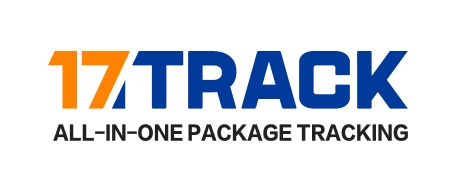When conducting freight transportation between China and Australia, attention should be paid to aspects such as the selection of transportation methods, document preparation, packaging requirements, customs clearance procedures, tax payment, transportation time planning, cargo insurance, prohibited and restricted items, seasonal impacts, and communication and collaboration. The following are specific explanations:
Mode of transportation selection:
Sea transportation: Economical and suitable for transporting large quantities of goods, but it takes a relatively long time, usually 30 to 40 days. The transportation time needs to be planned in advance, taking into account the production cycle of the goods, the sales plan and the possible delay of the shipping schedule.
Air freight: It is fast and suitable for high-value or urgently needed goods, but the cost is relatively high. Usually, express air freight takes about 3 days, and ordinary air freight takes 8 to 10 days. It should be noted that there are strict regulations on the size, weight and quantity of goods in air cargo transportation.
Land transportation: For inland trade between China and Australia, land transportation may be an option, but factors such as road conditions and weather need to be taken into consideration, and measures should be taken to prevent moisture and sun exposure for the goods.
Document preparation:
Make sure to sort out all necessary documents in advance, such as commercial invoices, packing lists, certificates of origin, bills of lading, etc. These documents are important bases for customs clearance and goods transportation.
Packaging requirements:
The packaging of the goods should be intact and firm, effectively preventing the goods from being damaged due to external force impact during transportation. For fragile items or precision instruments and other goods, special packaging materials and methods should be adopted.
Packaging materials should be kept dry and clean to prevent the goods from being damaged or affecting other goods due to moisture or stains.
Customs clearance process:
Be familiar with the customs clearance process and requirements in Australia to ensure that the goods can pass through the customs smoothly. It is necessary to understand Australia's import regulations, prohibited and restricted import items, etc. in advance.
Consider hiring a professional customs clearance agent to handle the import process to ensure smooth customs clearance.
Tax payment:
Pay customs duties and value-added tax (GST) in accordance with the Australian tax rate. It is necessary to understand the relevant tax and fee policies in advance and make a budget.
Transportation time planning
Considering that transportation time may be affected by factors such as shipping routes, weather, and port congestion, it is necessary to plan the transportation time in advance and leave sufficient time margin to deal with possible delays.
Cargo insurance
Consider purchasing transportation insurance based on the value of the goods and the transportation risks. This can provide a certain economic guarantee when the goods are lost, damaged or other situations occur.
Prohibited and restricted items:
Understand Australia's regulations on prohibited and restricted imported items to avoid having your goods detained or fined due to the transportation of prohibited items.
Seasonal influence:
Attention should be paid to the impact of holidays such as the Spring Festival and the Golden Week on transportation time. During these periods, Chinese suppliers and manufacturers may suspend production and operations, resulting in transportation delays. Therefore, plans and arrangements need to be made in advance.
Communication and Collaboration
Maintain close communication with freight companies, customs clearance agents, etc., and keep abreast of the transportation status of goods and the progress of customs clearance in a timely manner. When problems arise, they need to be resolved through timely consultation.


